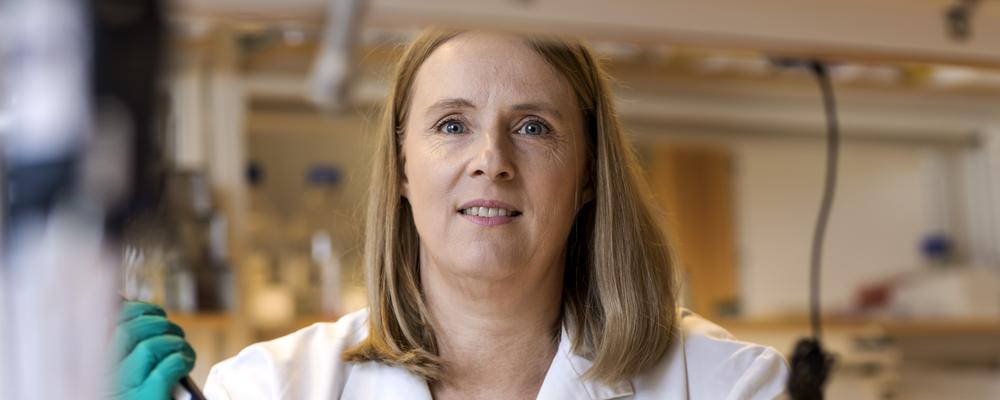What's your research about?
'My research group does basic research on the genome — which is also called DNA. Most of the genome is located in the chromosomes, inside the cell nucleus. But there’s also another small genome outside the chromosomes, in what are known as the mitochondria, which serve as the cells’ power plants.'
'We’re studying how this genome is copied in the mitochondria during cell renewal and how this is linked to mutations — that is, errors that happen during the replication, causing disorders to arise. It’s simply a matter of understanding how and why the mutations occur and whether it’s possible to avoid getting them.'
Why is this so interesting?
'Mitochondrial DNA (mtDNA) is inherited solely from the mother, and linked to several genetic disorders. But mtDNA also has a key function in enabling the cell’s energy-producing process to function normally.'
'Nowadays, we think the mitochondria are also connected with actual ageing in some way.'
'Nowadays, we think the mitochondria are also connected with actual ageing in some way, through cells undergoing natural mutations in the replication of the mitochondrial genome during cell renewal. These mutations cause cell function to deteriorate, making it more difficult to produce energy.'
How did you become interested in this subject?
'It was sheer coincidence. I was in the US as a doctoral student, and there I got to know another Swede who was a geneticist researching mitochondria. He told me that extremely little research had been done on mtDNA. At the time, I was working on replication in the herpes virus (replication being the process that doubles DNA in cell division). And then it was exciting to transfer the knowledge gained from my doctoral studies to this new field.'
What pieces of the jigsaw can your research contribute to your field?
'My research team has come up with a great deal of basic knowledge in the field. We’ve worked out several of the basal replication mechanisms in the mitochondrial DNA and, for example, shown that RNA polymerase has two functions: transcription and replication.'
'We’ve worked out several of the basal replication mechanisms in the mitochondrial DNA. We were also the first group to set up mitochondrial replication in vitro, since studying it in place, in the cell, is difficult.'
How can your research benefit society?
'At present, there are no cures for mitochondrial disorders. All we can do is alleviate the symptoms. We also believe the mitochondria are linked to age-related diseases, such as Parkinson’s and diabetes, somehow. I hope our basic research will help cures for these diseases to be found.'
What’s been the best moment or highlight of your research career so far?
'In all my years in research, the number of highlights has been huge. But these days, my greatest pleasure doesn’t come from any specific discovery. It’s from working with young people and seeing their faces light up when they’ve struggled with something and then achieve fine results. That joy is a delight to see.'
